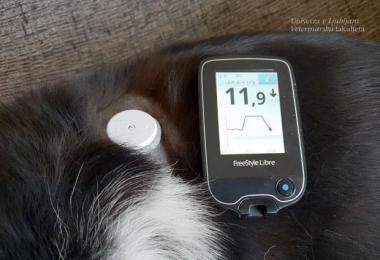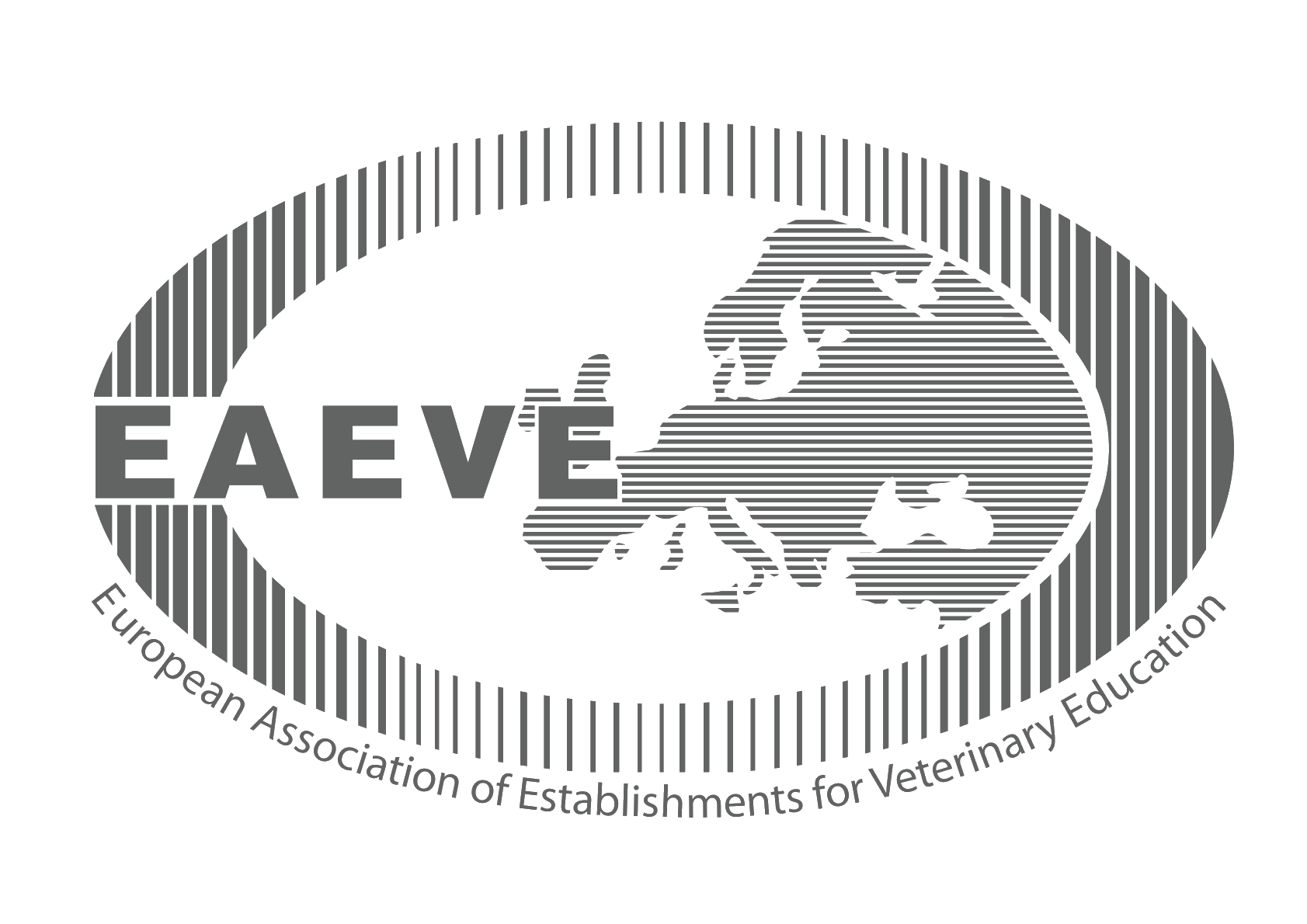Subscribe to our service announcements and helpful tips.
Which endocytotic pathways do herpesvirus encoded G-protein coupled receptors use and how do we study them?
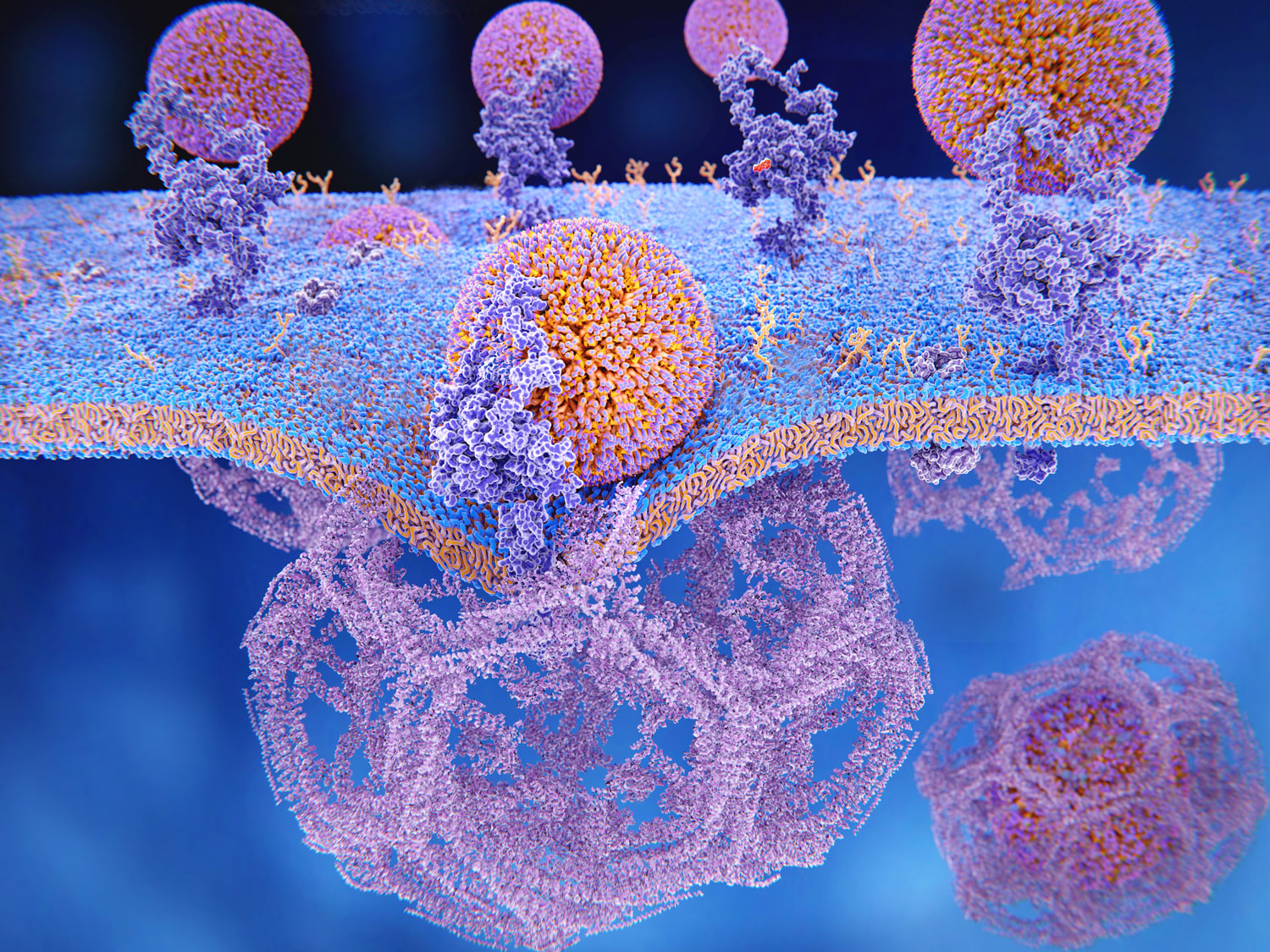
Methods for Studying Endocytotic Pathways of Herpesvirus Encoded G Protein-Coupled Receptors.
In mammalian cell, different physiological and pathological cellular processes are regulated by G protein-coupled receptors (GPCRs), a family of receptors expressed at the cell surface. Intriguingly, during evolution, several herpesviruses adopted genes for such receptors (viral GPCRs) from their hosts to benefit their own survival during infection. Viruses use these receptors to evade host immune system, to enter the cell and to transform infected cells and thereby establish widespread and lifelong infection; processes where receptor signaling and/or endocytosis seem central. Endocytosis is a fundamental process involved in trafficking of various extracellular and transmembrane molecules from the cell surface to its interior. This enables cells to communicate and respond to external environments, maintaining cellular homeostasis, and transduce signals. vGPCRs are rising as potential drug targets as exemplified by the cytomegalovirus-encoded receptor US28, where its constitutive internalization has been used for selective drug delivery in virus infected cells. This review provides an overview of the current knowledge of endocytic and cell localization properties of vGPCRs and methodological approaches used for studying receptor internalization. Using novel approaches, we show constitutive internalization of the BILF1 receptor from human and porcine γ-1 herpesviruses and we present motifs from the eukaryotic linear motif (ELM) resources with importance for vGPCR endocytosis. The fact that vGPCRs are only expressed at the surface of infected cells makes them attractive targets for antiviral therapy. With increasing knowledge on their trafficking and signaling properties, we are making step forward in discovering their druggable potential.
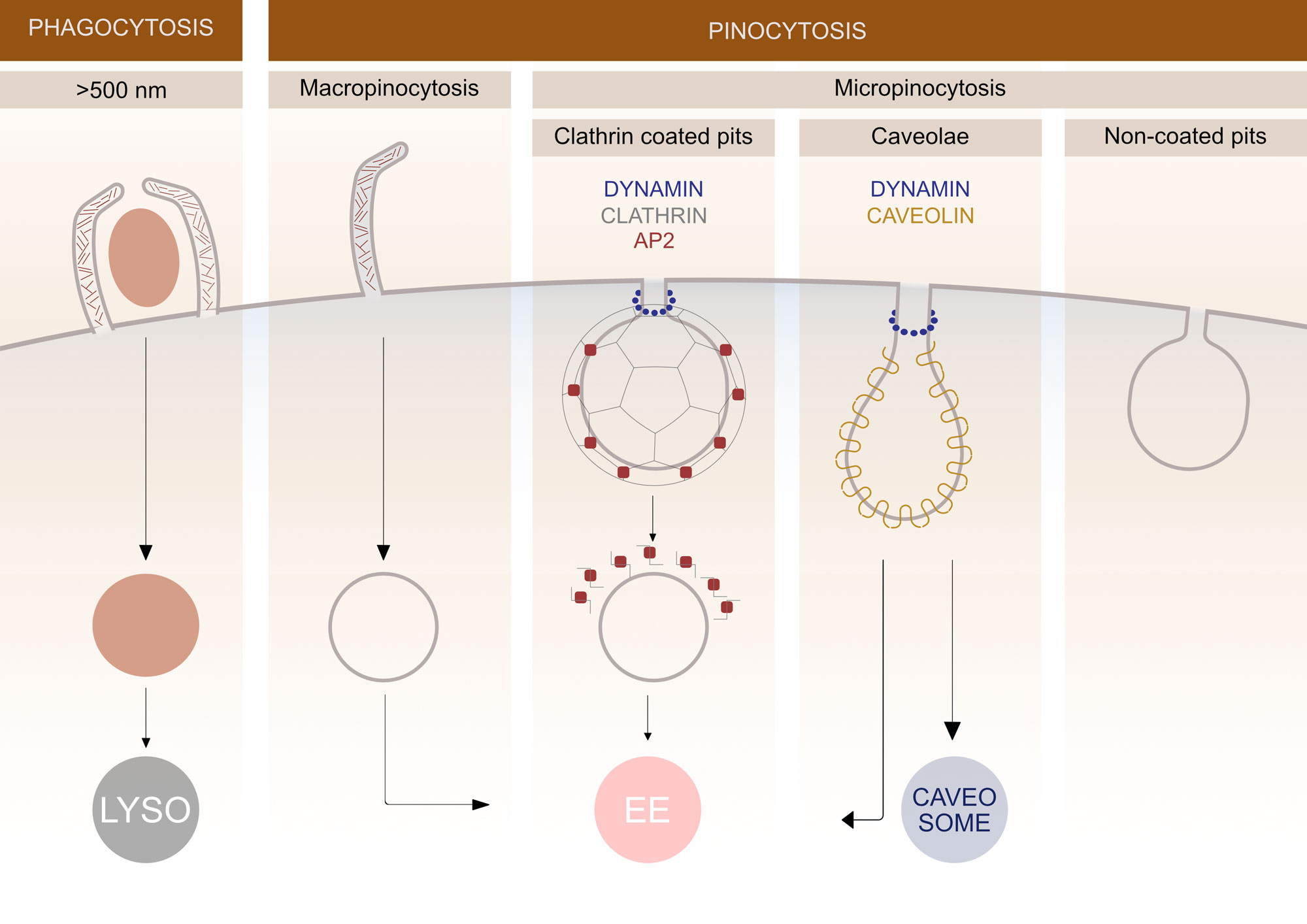
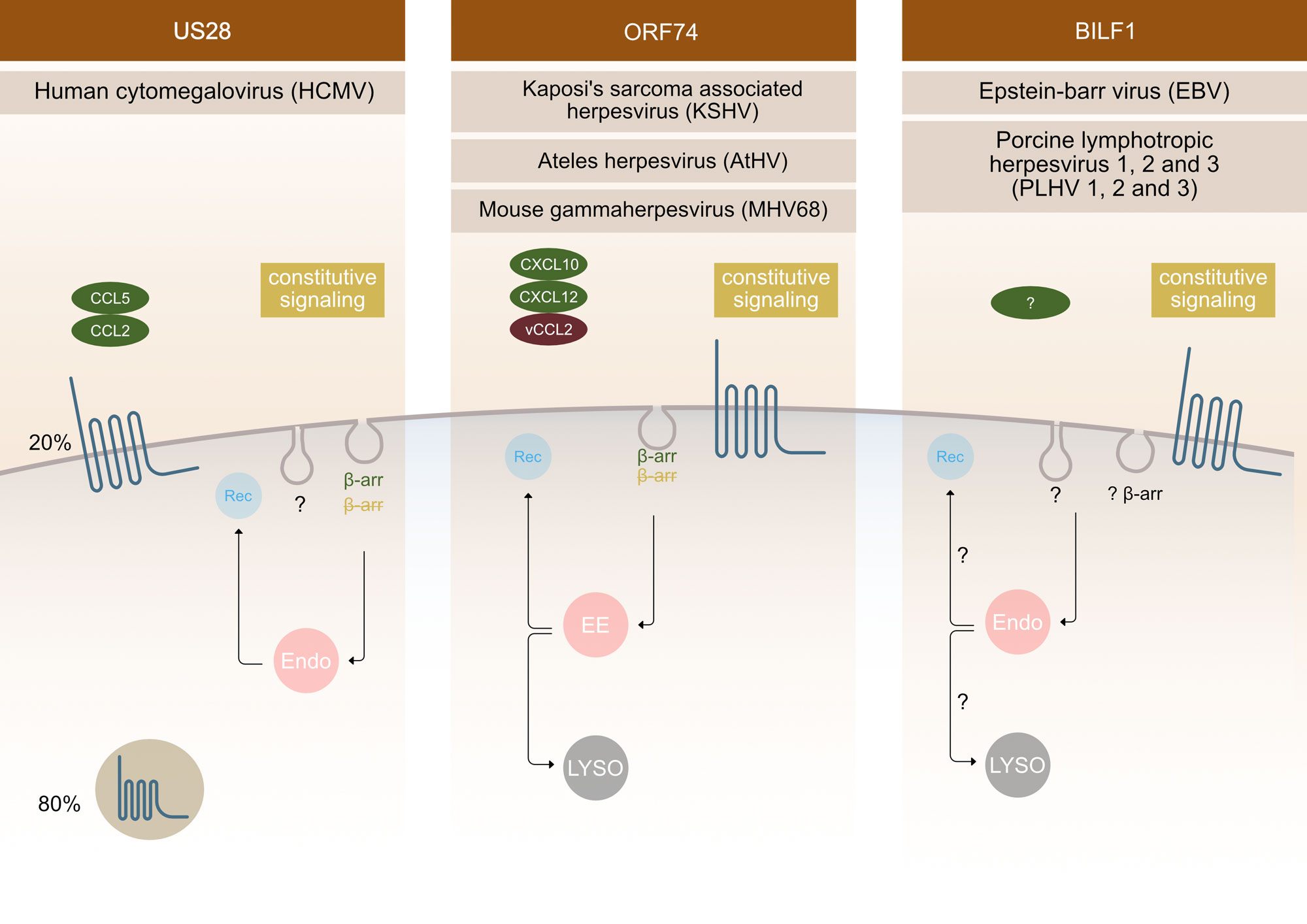
Authors: Maša Mavri, Katja Spiess, Mette Marie Rosenkilde, Catrin Sian Rutland, Milka Vrecl, Valentina Kubale
The full article is published in MDPI Molecules
Location
Gerbičeva 60
SI-1000 Ljubljana
Slovenija
Sample Reception
Samples are received at several locations throughout Slovenia. See where.
The veterinarian on duty
Emergency veterinary assistance for dogs and cats and a telephone number of constant readiness.
Library
A wide selection of domestic and foreign professional literature in the field of veterinary medicine and other sciences.
Main navigation
-
Education
- Informativni dan
- Why to become a veterinarian?
- Undergraduate Studies
- Postgraduate studies
- Pripravništvo
- Summer Schools
- Continuous education
- Professional Development
- International Activity
- Mednarodna dejavnost - Tuji študentje
- The Path to Creative Knowledge
- Tutoring
- Extracurricular Activities
- Career Centres
- Alumni
- Student organizations and societies
- Quality Assurance
- Clinics
- Diagnostics
- Dobrobit
- NVI
- Research
- About us
- Hub

